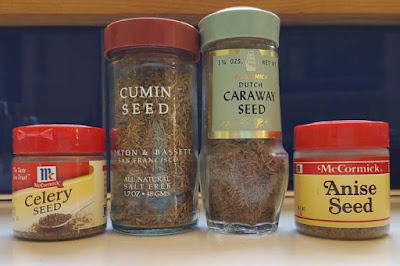Forty years ago on April 1, 1980, my first book,
Five Nests, was published by E. P. Dutton. It was illustrated with beautiful art by Ruth Sanderson. For both of us, it was at the beginning of our long careers. (Ruth already had done a few books, but has since illustrated many more.) I was thrilled to become a published author but I never imagined that I would go on to write more than 100 books, and that I would still be writing and publishing books forty years later. (My new books, which will come out in 2022, will bring my total to more than 170.)
Five Nests is a nonfiction easy-read book about five species of birds, each with a different mode of parenting. With robins, both parents take care of the baby birds. With red-wing blackbirds, only the mother cares for the young. With rheas (South American relatives of the ostrich) the father bird cares for the young of multiple females. With Mexican jays, young birds help their parents care for the baby birds hatched in the following season. And, with cowbirds, the mother lays her eggs in the nests of other species and they raise the baby cowbird when it hatches.
Despite being named an Outstanding Science Trade Book by the CBC/NSTA,
Five Nests went out of print quickly. It is almost impossible to find today. Two of Ruth’s beautiful black and white illustrations from the interior of the book, in the collection of the Philadelphia Free Library, can be seen on the internet.
Mexican jay eggs.
Mexican jays.
In 1980, the majority of children’s nonfiction were published with black and white illustrations. That has all changed, and now almost all books have beautiful full color art, like the painting on the cover of
Five Nests. I have always hoped that I might one day see
Five Nests republished with new full-color illustrations. The final lines of the book,
There are many different ways that birds take care of their babies. Each way is a good way., apply to people too, and are just as relevant today as they were forty years ago.
 |
| Author photo on back flap of Five Nests |









